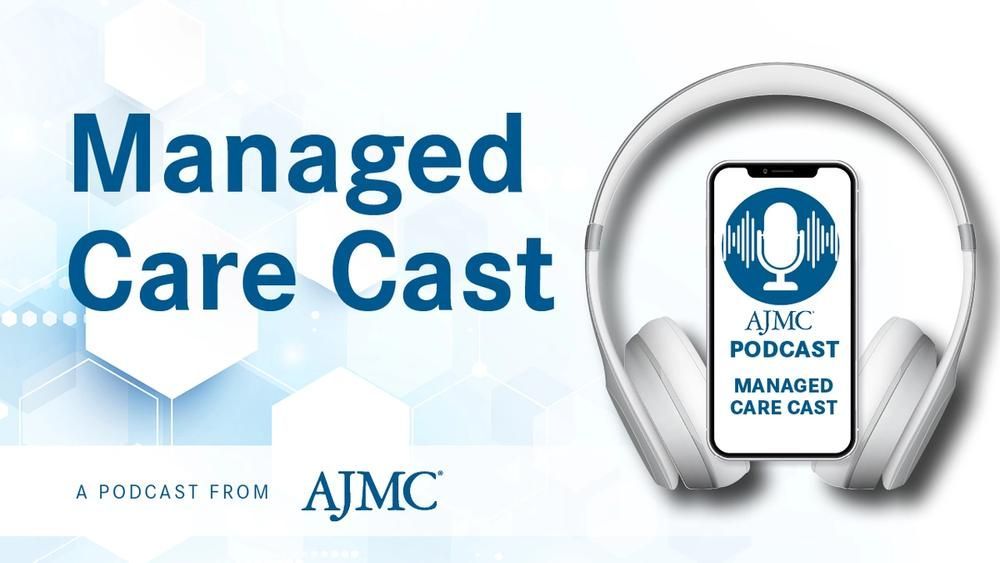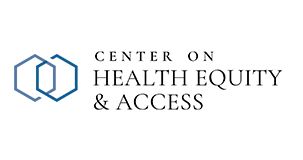Video
Travis Broome Outlines How HHS New Primary Care Models Provide More Flexibility
The new primary care models from HHS will provide greater flexibility to practices that want to participate and deliver care in a different way to reduce hospitalizations, said Travis Broome, vice president of policy at Aledade.
The new primary care models from HHS will provide greater flexibility to practices that want to participate and deliver care in a different way to reduce hospitalizations, said Travis Broome, vice president of policy at Aledade.
Transcript
HHS recently announced its 5 new primary care payment models—what is the importance of having HHS role out these models?
I think it’s really exciting to see the focus on primary care. Secretary [Alex] Azar gave the absolute bet quote if you’re focused on primary care, is that he’s going to elevate the place of primary care in American medicine. And I think the particular care models that came out really offer practices an opportunity to move further away from fee for service, if they want to. Right?
If you want to—these are all voluntary models, if you want to volunteer in the model—by moving to that fixed payment on a monthly basis, by moving to a flat visit rate, practices would have the option, if they want to and think it’s best for them and their patients, to get away from the 15-minute block. The physician’s whole day divided into 15-minute, [Current Procedural Terminology]—driven blocks, and now you could spend, you know, 5 minutes with 1 patient, 30 minutes with another patients, set aside some time for phone calls, and still have a financially viable and successful practice. So that’s great flexibility.
I don’t think it will be for every primary care practice. But for the primary care practices that have been itching for that flexibility, it’s been an amazing option to have, particularly as aligned as it is with accountable care organizations and reducing unnecessary hospitalizations. You know, that’s the one big metric for the new program. You’re going to change the way you get paid and we’re going to pay you more or pay you less depending on how good you do on hospitalizations.





